Noureddine Tayebi
Metal-Oxide Sensor Array for Selective Gas Detection in Mixtures
Feb 25, 2021
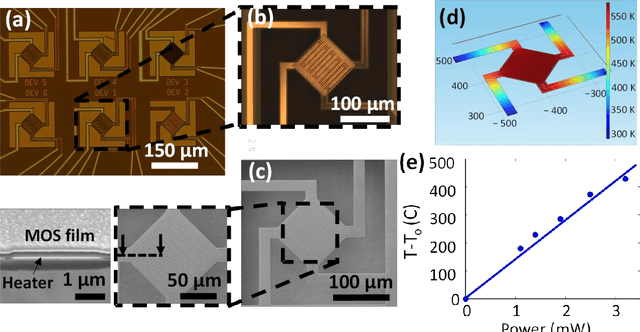
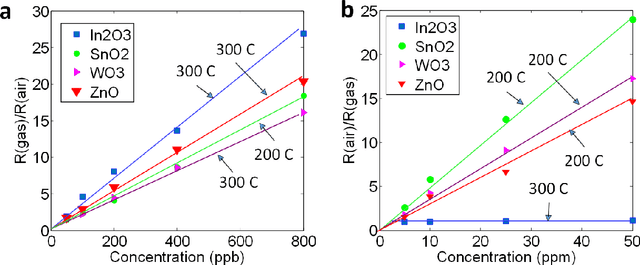
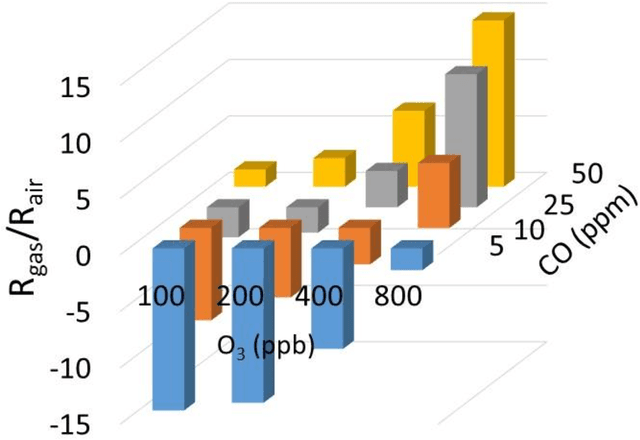
Abstract:We present a monolithic, microfabricated, metal-oxide semiconductor (MOS) sensor array in conjunction with a machine learning algorithm to determine unique fingerprints of individual gases within homogenous mixtures. The array comprises four different metal oxides, and is engineered for independent temperature control and readout from each individual pixel in a multiplexed fashion. The sensor pixels are designed on a very thin membrane to minimize heat dissipation, thereby significantly lowering the overall power consumption ($<$30 $\mu$W average power). The high dimensional data obtained by running the pixels at different temperatures, is used to train our machine learning algorithm with an average accuracy $\sim$ 88$\%$ for high resolution detection and estimation of concentration of individual constituents in a homogenous mixture. While the response of MOS sensors to various gases has been demonstrated, very few studies have investigated the response of these sensors to homogeneous mixtures of gases comprising several gases. We demonstrate this principle for a binary homogeneous mixture of ozone and carbon monoxide, both of which are criteria pollutant gases. Our findings indicate that a multiplicity of MOS elements together with the ability to vary and measure at various temperatures are essential in predicting concentration of individual gases within mixtures, thereby overcoming a key limitation of MOS sensors - poor selectivity. The small form-factor and microfabrication approach of our sensor array also lends itself to CMOS integration paving the way for a platform for wearable and portable applications.
A Controlled Set-Up Experiment to Establish Personalized Baselines for Real-Life Emotion Recognition
Mar 19, 2017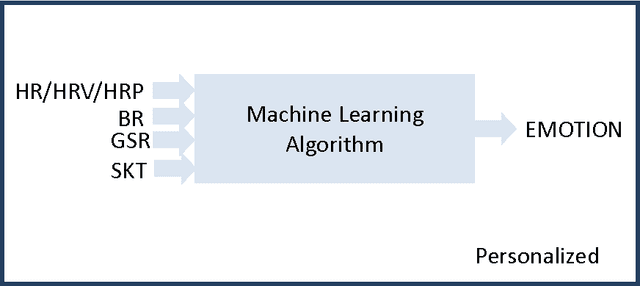
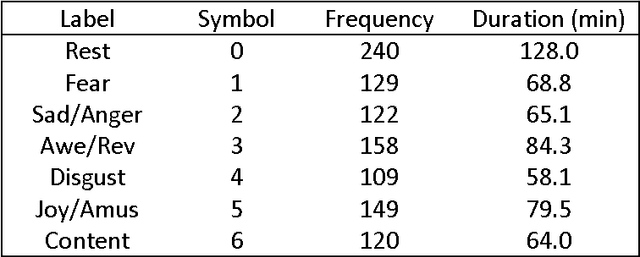
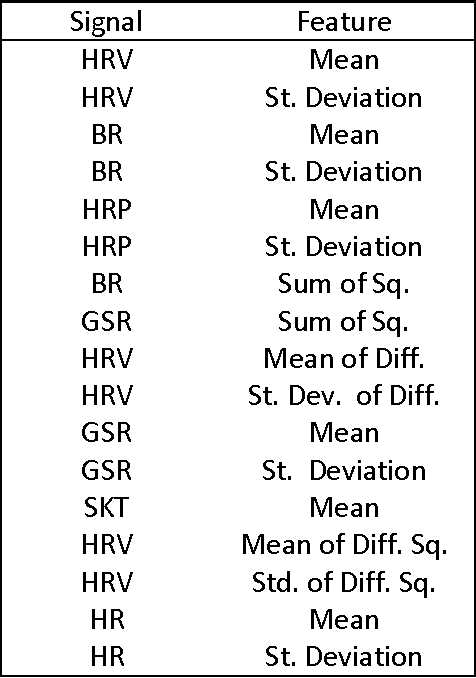
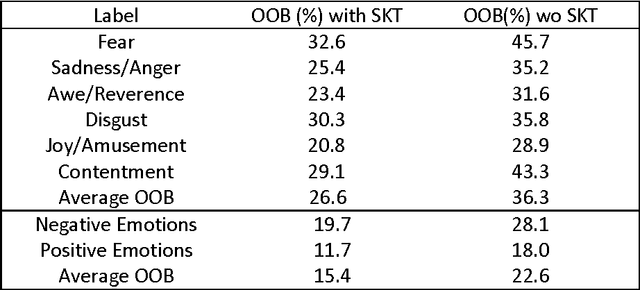
Abstract:We design, conduct and present the results of a highly personalized baseline emotion recognition experiment, which aims to set reliable ground-truth estimates for the subject's emotional state for real-life prediction under similar conditions using a small number of physiological sensors. We also propose an adaptive stimuli-selection mechanism that would use the user's feedback as guide for future stimuli selection in the controlled-setup experiment and generate optimal ground-truth personalized sessions systematically. Initial results are very promising (85% accuracy) and variable importance analysis shows that only a few features, which are easy-to-implement in portable devices, would suffice to predict the subject's emotional state.
 Add to Chrome
Add to Chrome Add to Firefox
Add to Firefox Add to Edge
Add to Edge